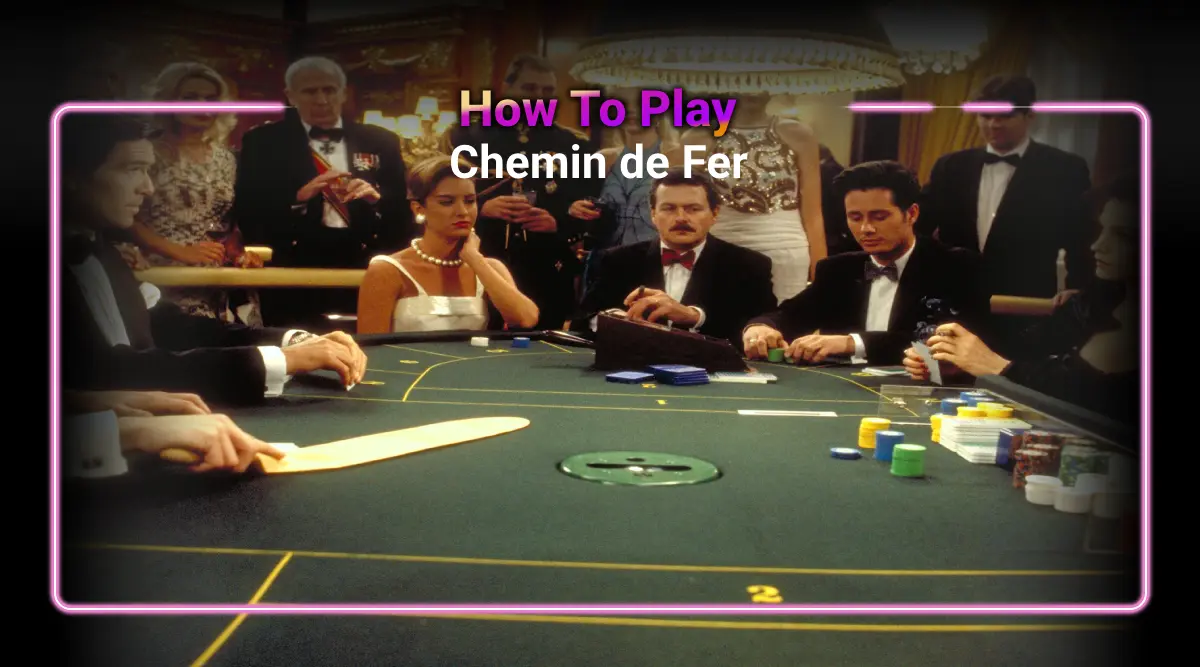
Chemin de Fer, a storied and aristocratic card game, has its roots in 19th-century France. Its name, meaning “railway” in French, hints at the game’s pace, quicker than traditional Baccarat. As a cornerstone in baccarat casinos, it holds a prestigious place in the history of card games, inviting players into a world of tradition and elegance.
In baccarat casino games across the globe, Chemin de Fer stands out for its distinctive player-driven gameplay, contrasting with more automated variants like Auto Baccarat 1. Esteemed for its interactive nature and strategic depth, this game attracts players who seek a more hands-on and engaging experience, making it a celebrated choice in many casinos.
Unlike the automated process of Auto Baccarat 1, this classic French card game offers a unique gaming experience where players get the opportunity to be the banker, adding a strategic layer to the game. This player involvement in the mechanics of the game enhances the overall experience, offering a sense of control and engagement that is not commonly found in other online casino card games.
The Core Elements of Chemin de Fer
The main goal in the game is to have a hand value closest to 9. Players compete against each other, instead of against the house, which brings a communal aspect to the table, heightening the excitement and competitive spirit.
The baccarat table is a signature component of the game. Typically large and oval, it accommodates up to 12 players. Using six decks of cards, the game involves players taking turns to be the banker, adding a unique dimension to the traditional baccarat table setting.
The game features two main roles: the Banker and the Players. The banker deals cards and assumes the financial risk, while the players challenge the banker. The banker role circulates among players, introducing a strategic component absent in other card games.













